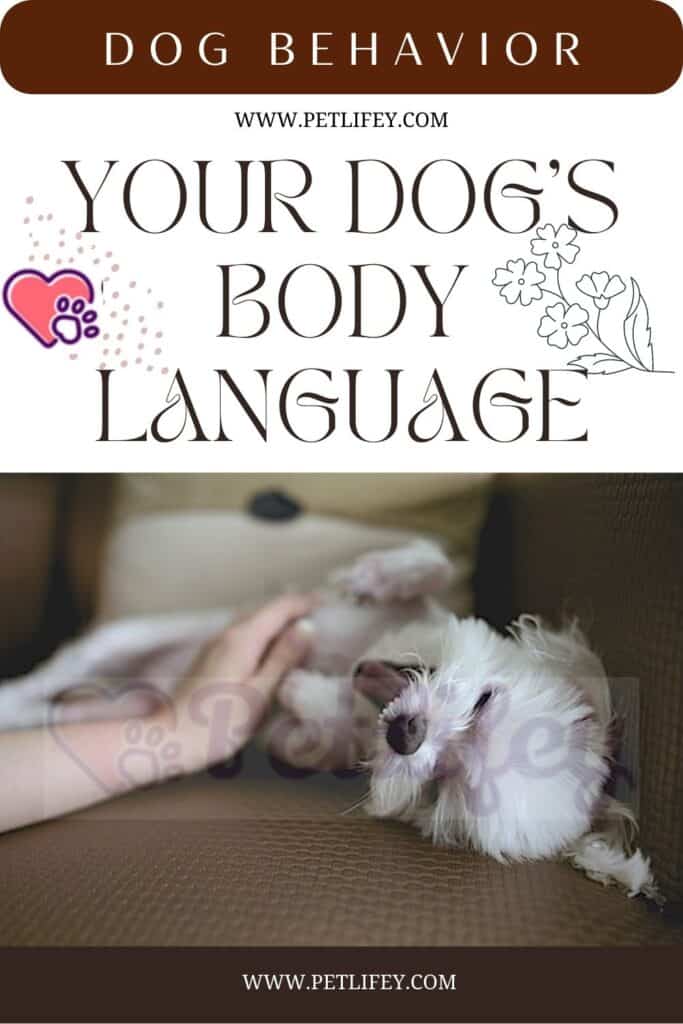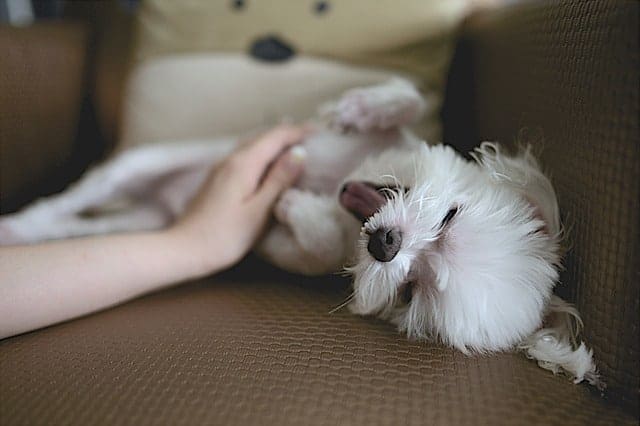
Among the main reasons dogs are perfect pets is their ability to communicate with humans. Studies have shown that, in general, dogs are more adept than humans at interpreting our body language.
The signs they show us to be able to interpret what they tell us are many: your dog’s posture, ears, mouth, hair and tail are very clear clues of what your faithful friend wants to communicate to you through his body.
Dogs make a series of sounds and perform certain gestures with their face and body, just like people, to express their feelings . While some of these gestures may appear very similar to ours, they are likely to have different meanings.
First you have to look at their body language
When we are trying to interpret the meaning of our animals’ gestures, observation is the best tool, as it will allow us to understand many of the things the animal does. Many dog gestures and skills are not very evident and it is important to know how to interpret them.
Learning canine language could be problematic. This learning process has two paths: on the one hand we identify ourselves with the gestures made by the dog and gradually learn to interpret them, while on the other hand it is the dogs who have to do the same.
Even dogs don’t understand our language, but they know how to interpret our tone of voice and the meaning of our words ; it is important to teach them the meaning of “no” or “sit down”. If we limit ourselves to saying “sit down” only from time to time, the animal will not be able to understand what it means and will think that it is part of the nonsense that we humans say, according to its perception, during the day.
For this, it is important to have the dog sit down and then reward him for obeying. This action will lead the dog to sit more willingly and to associate the word “sit down” with the gesture that must be performed.
Eye contact and punishments
When the dog analyzes the eye contact we have with him, exactly as it happens to people, he may feel confused or threatened by a fixed gaze. A dog that looks away to avoid the risk of confrontation is behaving, in its own way, in a courteous manner.
It is possible to teach the dog to sustain eye contact with us humans to allow him to communicate his perceptions. The best way to do this training is called “positive reinforcement” or “clicker training”.
It is a stable and efficient training. Conversely, punishment is not an effective practice, because dogs’ memories have been shown to be very short and are more likely not to relate any activity to the punishments received.
Furthermore, some studies have shown that dogs do not feel guilty. If a dog who has urinated at home is scolded by his owner and rewarded when he does not do this, the dog will stop urinating at home, but not because he feels guilty or because he has realized he was wrong: only because he associates not urinating indoors to a positive reaction from his master.
Some gestures

- Turning around and showing your belly is a typical gesture of our animal friends, and it is a kind of demonstration of respect, as well as absolute trust.
- Sneezing, yawning and licking the mouth indicate that the animal is nervous.
- The tail is one of the most used parts of the body by the dog to communicate. When it moves its tail and butt, we all tend to identify this as a gesture of cheerfulness. However, if the tail is moved slowly, it means that the dog is on guard. If the tail is straight and stiff, the animal is unmistakably alert. A half-length tail expresses satisfaction, but if it is held between the legs it indicates fear.
- When trusting someone, the dog maintains an upright position and tail straight, and wags its tail slowly, while the ears and pupils will be relaxed.
- If it is placed in front of us, with its head and chest on the ground, its front legs spread and its tail upwards, it is a clear invitation to play. The same is true if the dog wiggles its hips.
- If the animal raises its paw to touch our knee or another part of the body, it means that it is trying to get our attention.






